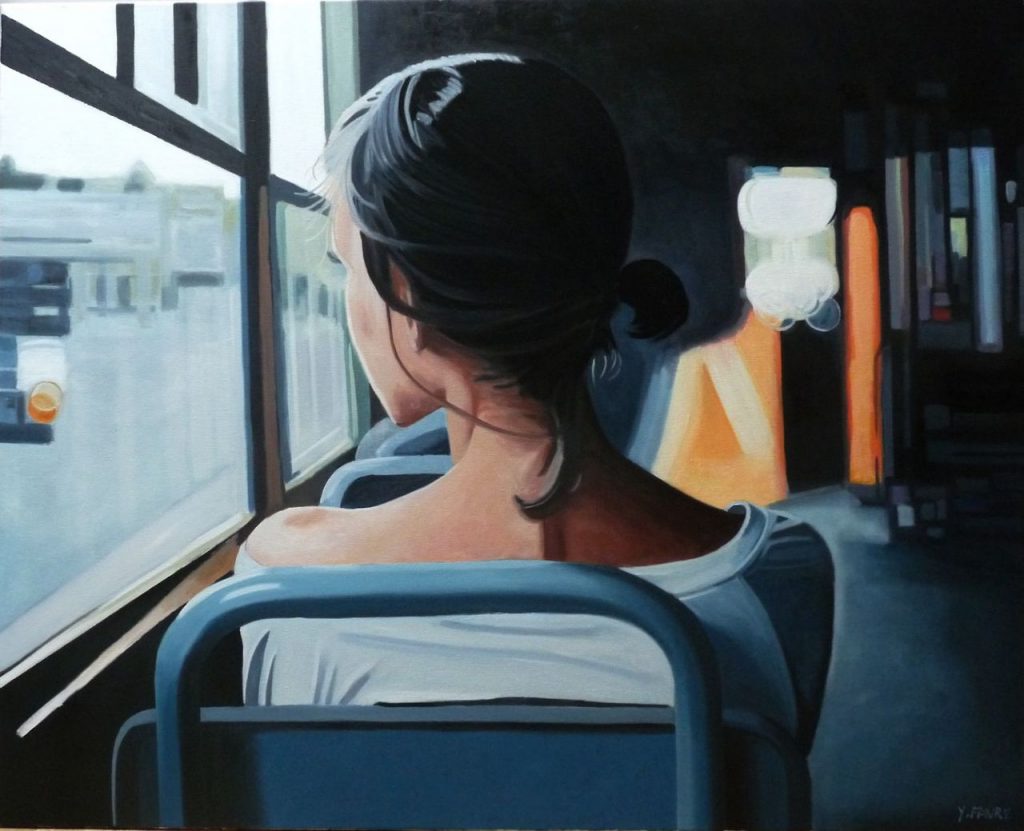The Good, The Bad and The Ugly (1966) – When you have to shoot, shoot scene.
The Good, The Bad and The Ugly is a great film, and often regarded as one of the greatest films of all time. I never much paid attention to how the film was lit, but on examination I don’t know what I think of the lighting. Maybe i’m totally wrong, but the lighting seems quite obvious when you pay attention to it, which makes me thing it could have been done better? Certainly the lighting is masterfully done, in the way it properly exposes the characters faces and splashes off and around certain props and objects, adding a great deal of dimension to many of the shots. But it does look quite obvious, once you pay attention to it, especially when you can see multiple shadows coming from a single character. All that said, the lighting is still pretty masterful and I’m very intrigued to properly analyse it.
The first shot of the scene has extremely beautiful (even though it is obvious 😉 ) lighting. As the cowboy stands in the hallway you can tell that there is a strong key light coming from the left of the frame, that will light his face once he steps out of the shadows. It seems like there is another light, maybe coming from high up near the roof, lighting the right hand side of the frame, near the back of the hallway. Most likely facing towards the character to light him from his right hand side, to seperate him from the background. The lighting setup of this shot is extremely beautiful the way it enhances the various pieces of wood and props within the frame, and how they’ve managed to keep the cowboy drenched in shadows as he sneaks around, even though there is quite a lot of light within the frame. It looks like they may have used a cutter to achieve that effect as its a very specific area, essentially just the top half of the cowboy thats drenched ins shadow. Theres also this curious black circular shadow which exists at the very top of the door near the cowboys head which permanently stays extremely dark, much darker than the rest of the shadows in the frame. I wonder how they achieved this effect? Maybe a very specifically located circular cutter.
As we switch to the frame of Tuco and the bathtub we can clearly see his shadow defined on the wall, telling us that there is a strong key light coming from the right hand side of the frame, probably just above head height which is why his shadow is slightly downcast. We can also see a slightly lighter shadow against the wall on the left hand side making it obvious to us that there is also a slightly dimmer fill light coming from the left hand side of the frame. The shadows are relatively defined, which makes me think the light is somewhat hard and I assume the lights were relatively close to Tuco on set.
As the cowboy moves through the frame we see him walk into that key light coming from the left hand side of the frame, as he makes his way towards Tuco, assumedly the lighting setup was designed for exactly that to happen. The next shot of Tuco in the bathtub shows another key and fill light setup, with the key coming from the right of the frame and the fill from the left, coming from a height slightly higher than the actor. Once we see the reverse-shot this actor is suddenly slightly in shadow as the lighting setup priorities the face of the cowboy, lighting him with a key and a fill in the same fashion as the previous shot.
I love the wide shot that follows as we see the cowboy stumble out of the bathroom. The lighting looks so great, even though its so obvious and maybe even because its so obvious. The room very much looks like a stage setup with pools of light coming from the bathroom, a strong light on the front of the bed frame and another light highlighting the fireplace in the back of the room. It’s hard to imagine how many lights they used to light this shot, but it must have been quite a few!
Until next time,
Louise Wilson


Recent Comments